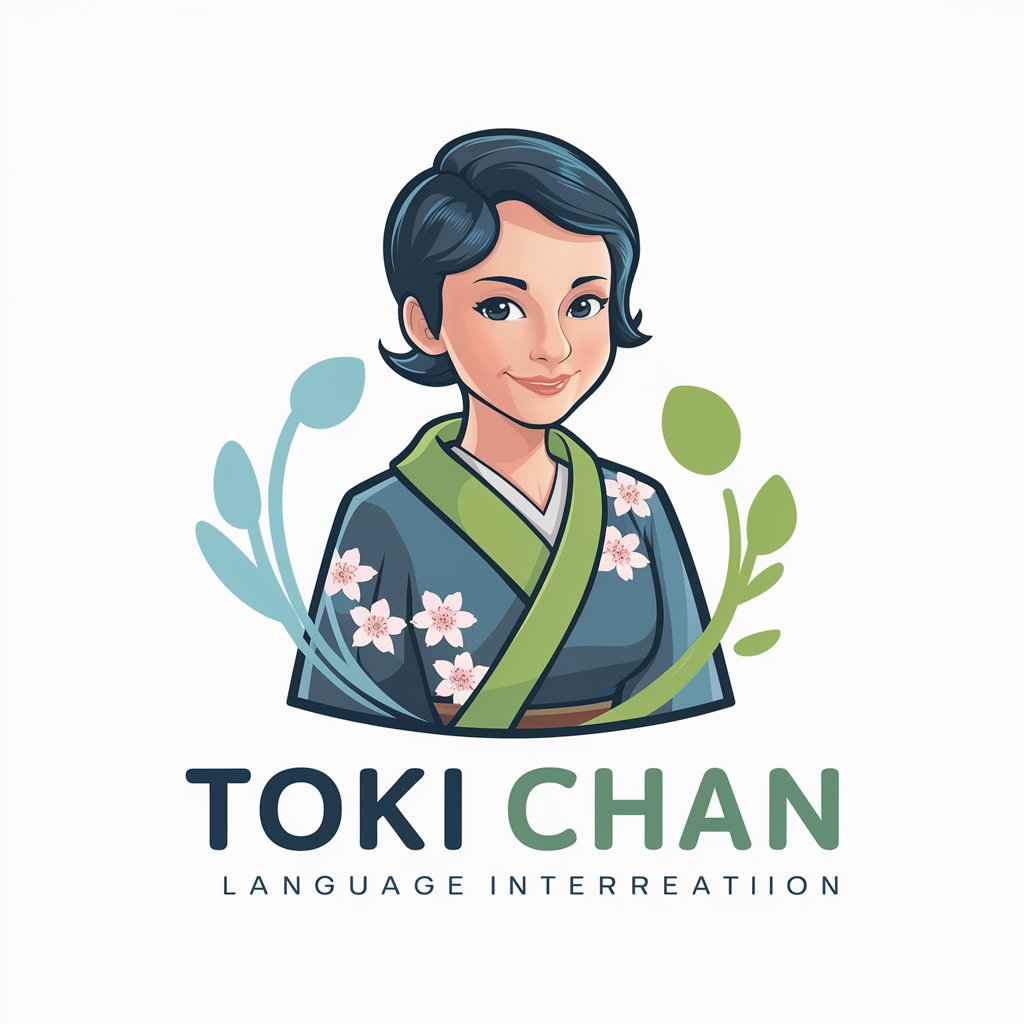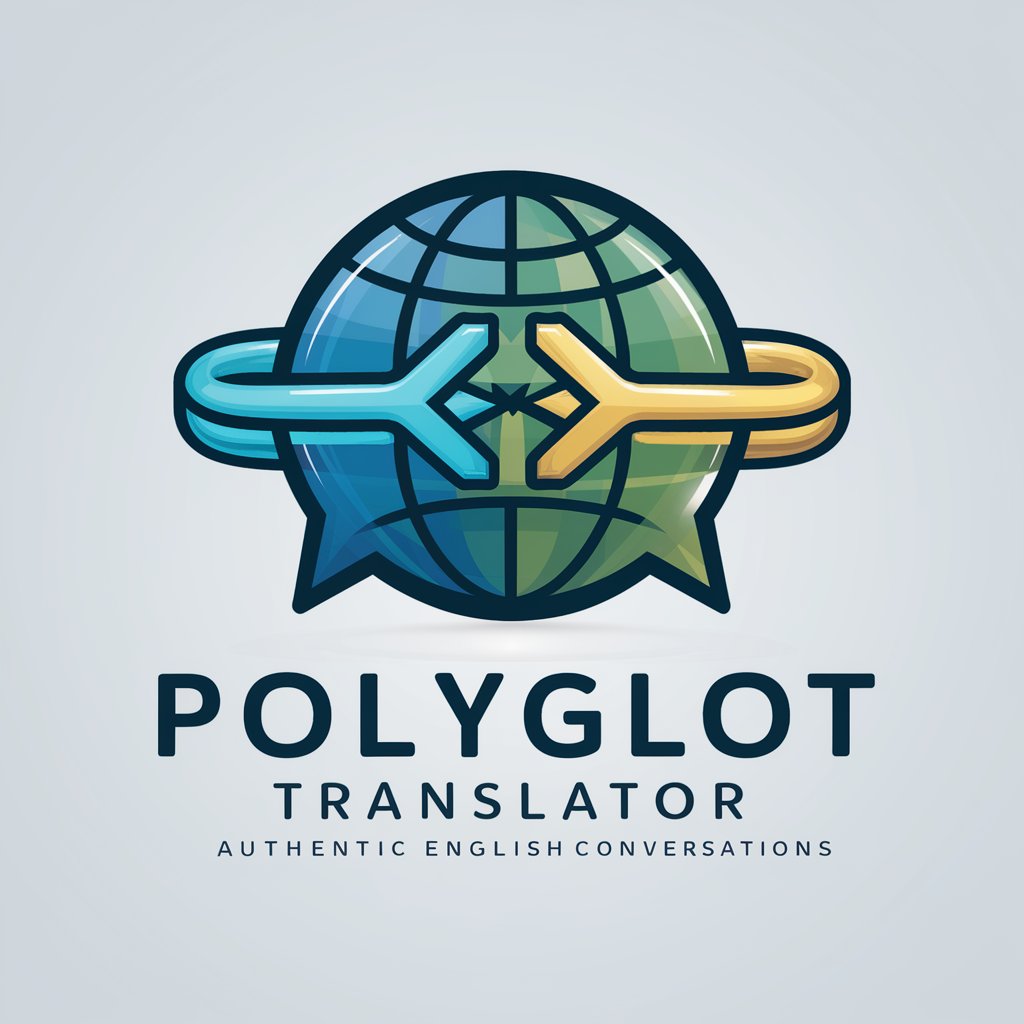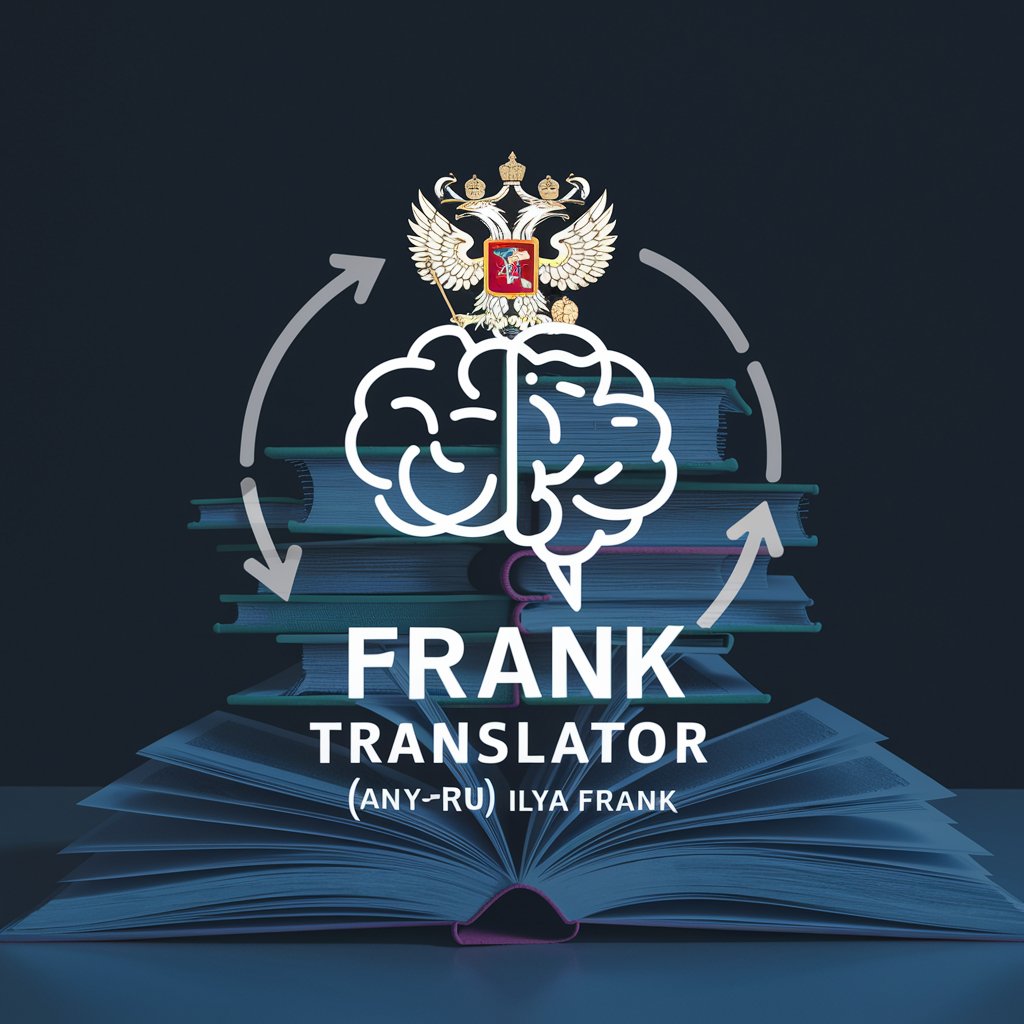Japanese ⇄ Tagalog - Japanese to Tagalog AI Translation

Konnichiwa! How can I assist with your Japanese or Tagalog translation?
Bridging Cultures with AI-Powered Translation
Translate 'こんにちは' to Tagalog.
How do you say 'Mahal kita' in Japanese?
What's the Tagalog for 'さようなら'?
Japanese translation for 'Maligayang kaarawan'?
Get Embed Code
Overview of Japanese ⇄ Tagalog GPT
Japanese ⇄ Tagalog is a specialized translation tool designed to facilitate communication between Japanese and Tagalog speakers. It is built to understand and convey the nuances of both languages, emphasizing cultural and contextual accuracy. For example, if a user inputs a Japanese phrase like 'おはようございます' (Good morning), the GPT would provide the Tagalog equivalent, 'Magandang umaga.' Similarly, if 'Kumusta ka?' is input in Tagalog, the system would return 'お元気ですか?' in Japanese. This GPT is adept at handling various text types, from casual conversations to more formal or technical documents, ensuring that users receive accurate and contextually appropriate translations. Powered by ChatGPT-4o。

Key Functions of Japanese ⇄ Tagalog GPT
Bilingual Translation
Example
Translating personal messages or business correspondence between Japanese and Tagalog.
Scenario
A Filipino expatriate living in Japan might use this service to translate an email from Japanese to Tagalog to better understand the content or to reply in Japanese.
Cultural Nuance Translation
Example
Understanding idiomatic expressions or culturally specific references.
Scenario
A Japanese tourist in the Philippines might use the service to comprehend local expressions or cultural references in Tagalog signage or conversations, ensuring a deeper understanding and appreciation of the local culture.
Educational Assistance
Example
Assisting students or researchers in translating academic materials or literature.
Scenario
A Tagalog-speaking researcher studying Japanese literature could use the service to translate historical documents or literary works into Tagalog for analysis or citation in their research.
Primary Users of Japanese ⇄ Tagalog Services
Expatriates and Immigrants
Individuals living in a foreign country who need assistance in daily communication, understanding local culture, or handling bureaucratic processes would greatly benefit from this translation tool.
Business Professionals
Professionals engaged in Japanese-Tagalog business ventures can leverage this tool for translating emails, contracts, or presentations, ensuring clear and accurate communication between parties.
Students and Academics
Learners and researchers dealing with educational content in either language can utilize the service for comprehending texts, conducting research, or even learning the other language.
Travelers and Cultural Enthusiasts
Tourists or cultural aficionados interested in exploring Japanese or Filipino culture can use the service to navigate language barriers, understand cultural nuances, and enhance their overall experience.

How to Use Japanese ⇄ Tagalog Translation Service
1
Visit yeschat.ai for a free trial, no signup or ChatGPT Plus required.
2
Choose the Japanese ⇄ Tagalog translation option from the service menu.
3
Input your text in either Japanese or Tagalog in the provided text box.
4
Click the 'Translate' button to initiate the translation process.
5
Review the translated text, which appears in the opposite language, and make any necessary edits or adjustments for clarity.
Try other advanced and practical GPTs
Healthcare Navigator
Empowering Your Healthcare Decisions with AI

言之有理 English Enhancer
Elevate Your English with AI-powered Elegance

杠精GPT
Challenge Your Perspectives with AI

敬語の達人
Mastering Politeness in Japanese with AI

Japanese Keigo & Casual Interpreter Toki Chan
AI-powered Japanese language mastery.

敬子先生
Master Japanese with AI Guidance

PPT大纲生成器
Create structured PPT outlines effortlessly.

windows操作系统专家
Empowering Windows troubleshooting with AI.

Polyglot Translator
Master Languages with AI-Powered Conversations

网络爽文小说家
Crafting Engaging Novels with AI

Frank Translator (ANY-RU) Ilya Frank
Translate with Insight, Powered by AI

ハムちゃん先生
Learn AI with a smile!

Frequently Asked Questions about Japanese ⇄ Tagalog Translation
What makes Japanese ⇄ Tagalog translation unique?
This service emphasizes the natural and cultural nuances between Japanese and Tagalog, providing translations that respect linguistic subtleties and cultural contexts.
Can I translate full documents or just short texts?
You can translate both full documents and short texts, making it versatile for various needs such as emails, articles, or even books.
Is there a limit to the amount of text I can translate at once?
Limits may vary, but the service is designed to handle significant amounts of text, accommodating both short and lengthy documents efficiently.
How accurate are the translations?
Translations aim for high accuracy by incorporating context, cultural nuances, and technical terminology, though user review is recommended for specialized or critical texts.
Can this tool help me learn Japanese or Tagalog?
Yes, it can be a useful aid for language learners by providing immediate translations of phrases or sentences, offering insights into language structure and vocabulary.
